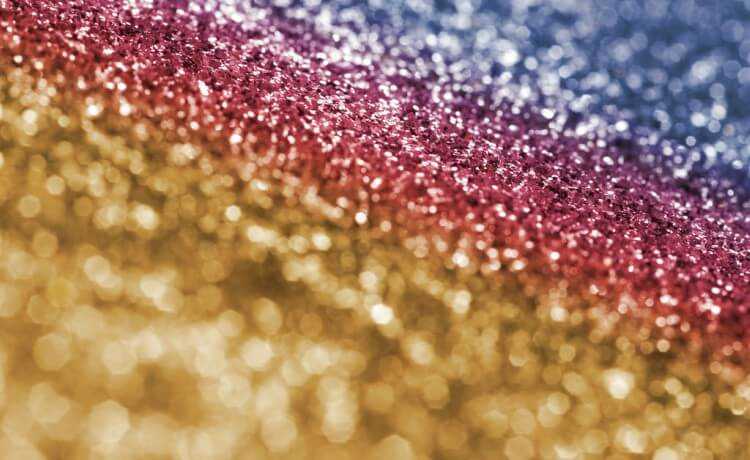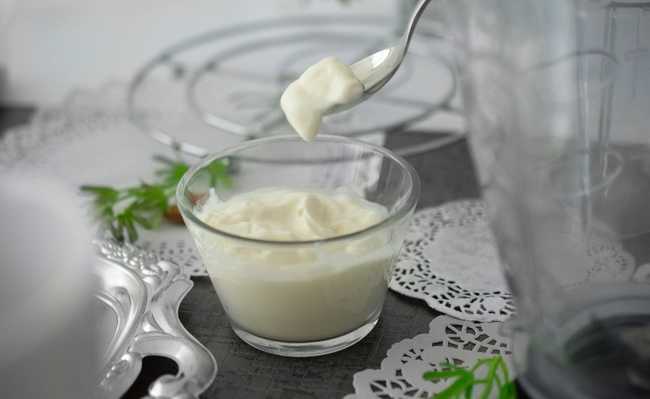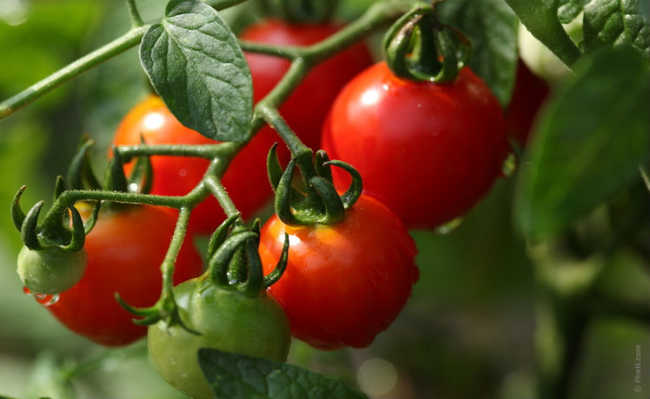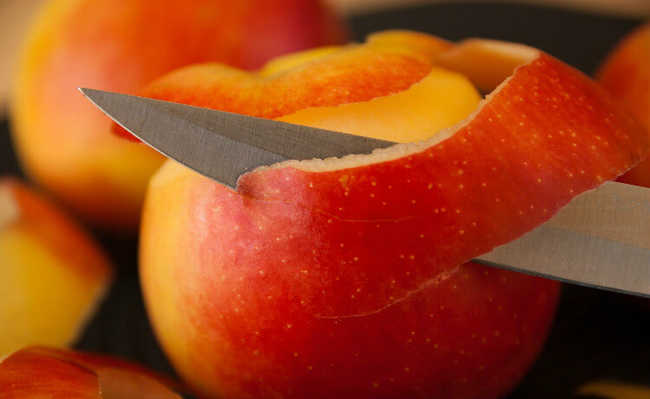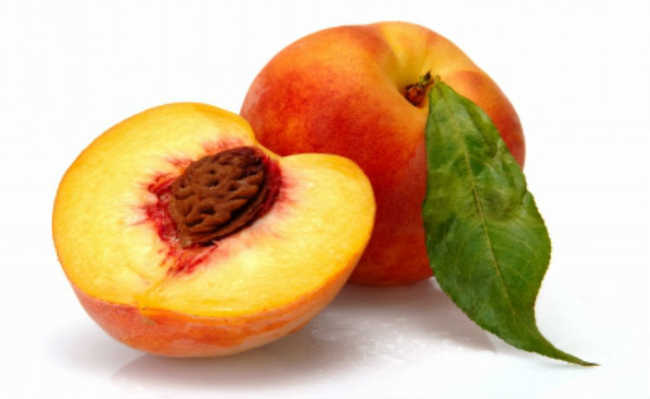Quinoa: benefits, how to make it and what it is for
Quinoa is a source of complete protein, vitamins and antioxidants, as well as being very easy to prepare.

Quinoa is one of the most popular health foods in the world. The three best known types of quinoa (red, black and white) belong to a species of plant native to the Andean region of Peru, Bolivia, Ecuador and Colombia, domesticated about 3,000 years ago for human consumption. But there are archaeological records of the use of undomesticated quinoa seeds for pastoral use about 5,200 to 7,000 years ago.
More than 3,120 quinoa seed varieties have been conserved by Quechua and aymarás, and, after the Spanish invasion, had their use reduced, giving way to grain consumed in Europe, such as wheat and barley.
Every 100 grams of quinoa (raw) contains 15 grams of protein, 68 g of carbohydrates, 1.5 mg of iron, 286 mg of phosphorus, 112 mg of calcium, 5 g of fiber and 335 kcal. The composition may vary a little, due to the diversity of seeds. According to the Food and Agriculture Organization of the United Nations, quinoa is one of the most complete foods in existence. In addition, it does not contain gluten and can replace foods such as wheat (for making flour), soybeans (for oil production), corn (for biodiesel) and rice (for food).
The United Nations General Assembly declared 2013 the International Year of quinoaquinoa in harmony with nature, drawing worldwide attention to the importance of quinoa in food security and food sovereignty. Check out the benefits of quinoa.
quinoa benefits
Quinoa is gluten-free, high in protein, and one of the few vegetables that contains all nine essential amino acids. It is also rich in fiber, magnesium, B vitamins, iron, potassium, calcium, phosphorus, vitamin E and various antioxidants.
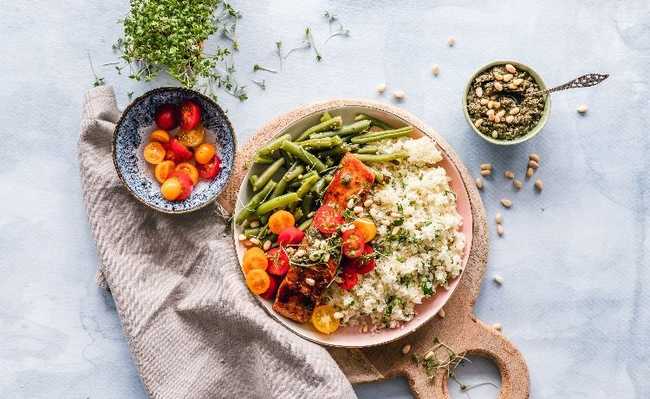
Edited and resized image by Ella Olsson is available on Unsplash
- Antioxidants: what are they and in what foods to find them
1. Guaranteed nutrition
Each cup of cooked quinoa (185 grams) contains:
- Protein: 8 grams;
- Fiber: 5 grams;
- Manganese: 58% of the Recommended Daily Intake (RDI);
- Magnesium: 30% of the IDR;
- Phosphorus: 28% of the IDR;
- Folate: 19% of the IDR;
- Copper: 18% of the IDR;
- Iron: 15% of the IDR;
- Zinc: 13% of the IDR;
- Potassium: 9% of the RDI;
- More than 10% of the RDI for vitamins B1, B2 and B6;
- Small amounts of calcium, B3 (niacin) and vitamin E.
This same amount of quinoa (cooked - which has different values than raw quinoa) has about 22 calories, with 39 grams of carbohydrates and four grams of fat. Seeds also contain a small amount of omega-3 fatty acids.
Quinoa is not genetically modified, and is usually grown organically.
- What are transgenic foods?
- What are organic foods?
NASA scientists believe that quinoa is suitable for growing in outer space, mainly because of its high nutrient content, ease of use and simplicity of cultivation.
2. Contains quercetin and kaempferol
Two flavonoids whose benefits have been well studied are quercetin and kaempferol, both found in high amounts in quinoa.
These flavonoids have significant anti-inflammatory, antiviral, anticancer and antidepressant effects.
3. Rich in fiber
Another important benefit of quinoa is its high fiber content. A study that looked at four quinoa varieties found that every 100 grams of the seed had between 10 and 16 grams of fiber. However, in the baked format, this amount is smaller.
Unfortunately, most of the fiber is insoluble, which doesn't have the same benefits as soluble fiber. However, quinoa has about 2.5 grams of soluble fiber for every 100 grams of seed.
4. It's gluten free
Many researchers look to quinoa as a suitable ingredient in gluten-free diets for people who don't want to give up staple foods like bread and pasta.
Studies have shown that using quinoa in place of typical gluten-free ingredients such as refined tapioca, potato, corn and rice flour can dramatically increase the nutritional and antioxidant value of the diet.
As such, quinoa is a great candidate for gluten-free dieters.
- What is gluten? Bad guy or good guy?
- Celiac Disease: Symptoms, What Is It, Diagnosis and Treatment
5. It has all the essential amino acids
Protein is made up of amino acids, nine of which are called essential because the body cannot make them and must obtain them through diet. If a food contains all nine essential amino acids, it is said to be a source of complete protein.
Many plant foods do not have complete protein, which makes it necessary to eat a variety of foods. However, quinoa is an exception because it contains all the essential amino acids. For this reason, it is an excellent source of protein. It has more and better protein than most grains.
Every 185 grams of quinoa has eight grams of protein, making it a great protein source for strict vegetarians and vegans.
- What are amino acids and what are they for
- Vegan philosophy: know and ask your questions
6. Controls blood sugar
The glycemic index is a measure of how quickly foods raise blood sugar levels. Eating foods with a high glycemic index can stimulate hunger and contribute to obesity. These foods have also been linked to many of the common chronic Western diseases, such as type 2 diabetes and heart disease.
Quinoa has a glycemic index of 53, which is considered low, which helps to regulate blood sugar levels and prevent chronic disease.
7. Rich in iron and magnesium
Without knowing it, many people are deficient in magnesium, potassium, zinc and (in the case of women) iron.
Quinoa has a high content of these four minerals, but mostly magnesium. Each 185 grams of quinoa provides about 30% of the RDI of magnesium.
The problem is that quinoa also contains a substance called phytic acid, which can bind to these minerals and reduce their absorption. However, by soaking and/or sprouting quinoa before cooking it, you can reduce the phytic acid content and make these minerals more bioavailable.
- Magnesium: what is it for?
- Magnesium chloride: what is it for?
- Your brain loves magnesium, but do you know it?
Quinoa is also quite rich in oxalates, which reduce calcium absorption and can cause problems for certain individuals with recurrent kidney stones.
8. Rich in Antioxidants
Quinoa is rich in antioxidants, which are substances that neutralize free radicals (agents that cause DNA damage and premature aging).
Sprouting quinoa seeds further increases the antioxidant content.
- What are free radicals?
9. Helps you lose weight
In addition to being rich in protein, quinoa increases metabolism and reduces appetite. The high amount of fiber present in quinoa increases the feeling of satiety, reducing the desire to ingest more calories.
The fact that quinoa has a low glycemic index is another important characteristic, as the choice of these foods has been associated with a reduction in caloric intake.
10. Easy to incorporate into the diet
Although not directly a health benefit, quinoa is very easy to incorporate into the diet. It is tasty and goes well with many foods.
Depending on the type of quinoa, it may be important to wash it before cooking to get rid of saponins, which are found in the outer layer and can have a bitter taste.
However, some brands already provide washed quinoa, making this step unnecessary.
how to make quinoa
You can buy quinoa at most health food stores and many supermarkets.
To prepare quinoa for consumption you will need:
- Place 2 cups (240 ml) of water on the fire;
- Add 1 cup (170 grams) of raw quinoa, with a pinch of salt;
- Boil for 15 to 20 minutes.
After this step, you can add quinoa to dishes, salads, pastas and a multitude of recipes. Also learn how to make quinoa rejuvelac in the subject: "Rejuvelac: probiotic drink and natural yeast".
Adapted from PubMed and Healthline

